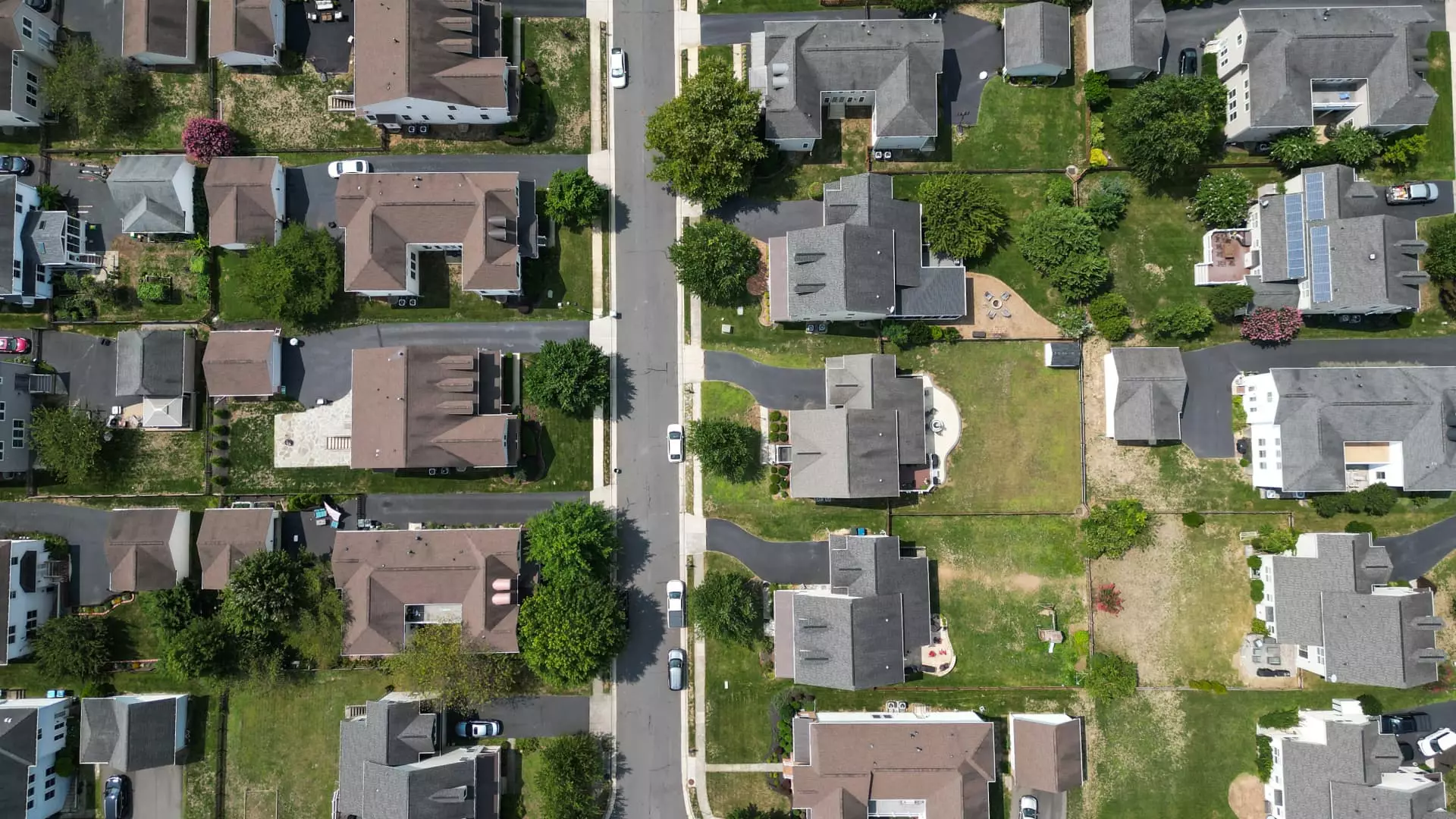Despite the recent increase in mortgage rates to their highest levels in four weeks, the housing market appears surprisingly unchanged on the surface. The slight uptick in mortgage application volume, just 0.8%, masks a deeper malaise that threatens to undermine the very foundation of homeownership for many Americans. While those involved in real estate and finance might brush this off as mere market fluctuation, it reflects an insidious shift that could have lasting negative effects if unaddressed.
The sluggishness in mortgage demand, particularly among refinancing, reveals a troubling disconnect between rising rates and actual consumer behavior. Refinance applications dipped by 3%, signaling a reluctance born out of fear or financial uncertainty. This decline, despite higher home prices earlier in the year, underscores a critical issue: many prospective homeowners are no longer viewing the housing market as a safe or feasible investment. The reluctance is not simply a reflection of higher borrowing costs but mirrors a broader apprehension about economic stability and future affordability.
Why the Market’s Fragility Matters
The stagnation in home purchase applications, which only increased marginally by 3%, presents a stark reality: fewer Americans are entering the housing market, and those who do are doing so with trepidation. The drop in the average loan amount from $460,000 to $426,700 further hints at tightening household budgets and the diminishing optimism among buyers. If the trend continues, it could lead to a slowdown in home sales, putting downward pressure on prices and destabilizing local markets—effects that can ripple out into the broader economy.
What is particularly alarming is the lack of confidence among potential buyers, which is not solely due to recent rate hikes but is intertwined with inflation concerns, wage stagnation, and political uncertainty. This confluence of factors suggests that the housing market, long considered a pillar of economic resilience, is now vulnerable to shifts that could escalate if policy measures don’t address the root causes of financial insecurity.
A Critical Need for Policy Reassessment
The fact that mortgage rates continue to hover at levels that dissuade many from borrowing points to a structural problem rather than a temporary market correction. The Federal Reserve’s cautious approach, coupled with the political and economic turbulence illuminated by Treasury Secretary Bessent’s comments, adds fuel to the fire. Markets are reacting not just to actual rates but to the underlying uncertainty about future rate movements and economic stability.
If policymakers fail to recognize and actively manage these risks, the consequences could be far worse than a minor slowdown. The current landscape demands more than just monitoring; it calls for proactive strategies that can stabilize the housing sector. This isn’t just about keeping mortgage rates low but creating an environment where growth feels sustainable and accessible—a necessity if we intend to sustain a middle class that aspires to homeownership rather than watch their dreams slip further away under the weight of economic missteps.

